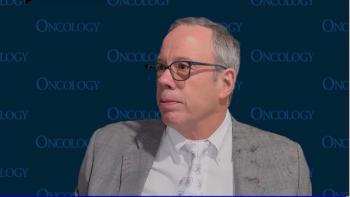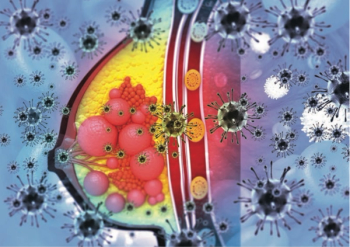
The Importance of Access to Care for Multiple Myeloma in Community Settings
For clinicians practicing in the community, constant communication and education from those in institutions may help to produce the best quality of care for patients with multiple myeloma.
Communication with and continued education of community partners is key when treating patients with multiple myeloma. Access to care is often limited, so being able to reach patients in the community setting is paramount, according to Ashely E. Rosko, MD.
CancerNetwork® was able to speak with Rosko during an Around the Practice® program that she moderated. In addition to the importance of access, she also highlighted the various resources patients should seek while undergoing treatment so they don’t feel alone in facing their diagnosis. Rosko is an associate professor in the Department of Internal Medicine at The Ohio State University, medical director of the Oncogeriatric Program at The Ohio State University Comprehensive Cancer Center – The James, and co-director of the Cancer and Aging Resiliency (CARE) Clinic at The James.
Transcript:
The thing that I’d like to highlight is that multiple myeloma isn’t an uncommon disease. Oftentimes, myeloma is treated and diagnosed in the community [setting]. We work closely with our community partners to be able to deliver advanced care for patients. Oftentimes, patients come to us for a consultation or a second opinion, and then we get them back to the community to be able to get their care locally.
When it comes to uncommon diseases in an ever-changing and rapidly changing field, it’s important for patients to be able to seek care at a comprehensive cancer center, and also to be able to get their care locally. Communication is enhanced with our partners in the community, and we wouldn’t be able to do this when it comes to myeloma care delivery without them.
My final take when it comes to multiple myeloma is that we are here as a resource to be able to provide knowledge and advances in the field and, at the same time, allow patients to be able to stay in their hometown and in their community to be able to get the care and advances when it comes to a rapidly changing field like multiple myeloma.
Newsletter
Stay up to date on recent advances in the multidisciplinary approach to cancer.

















































































